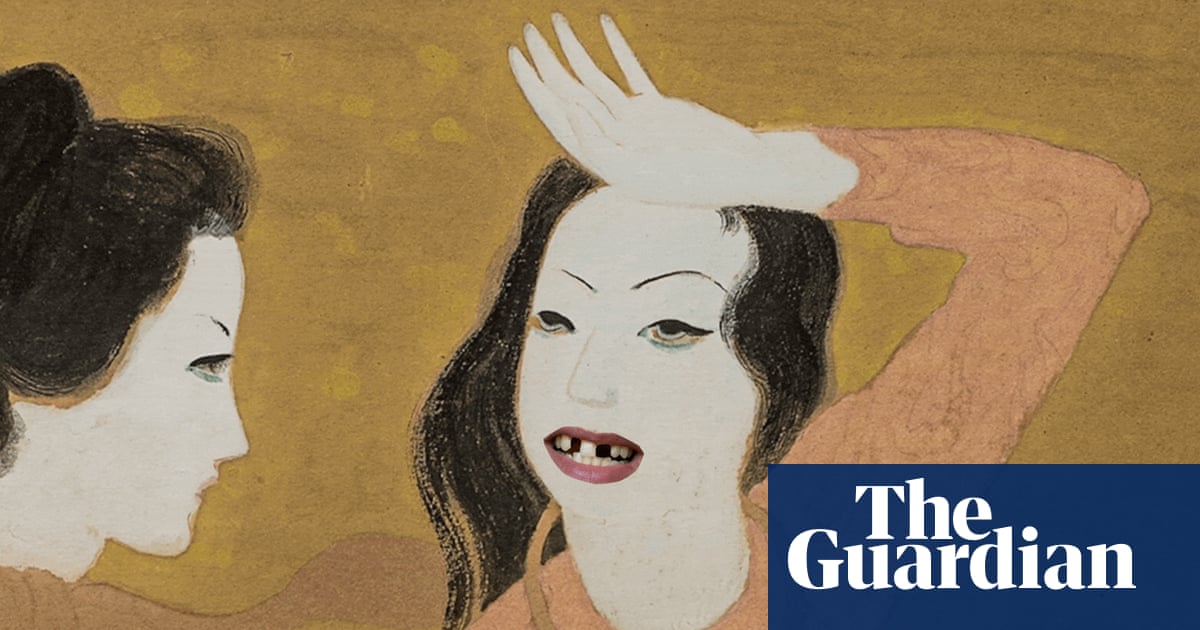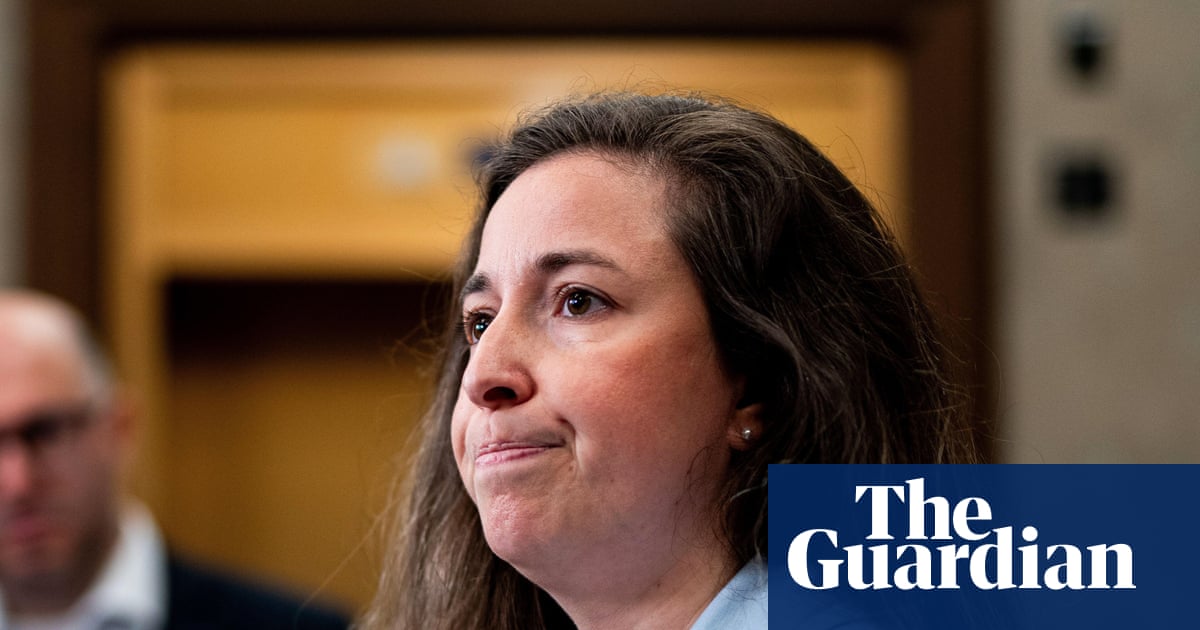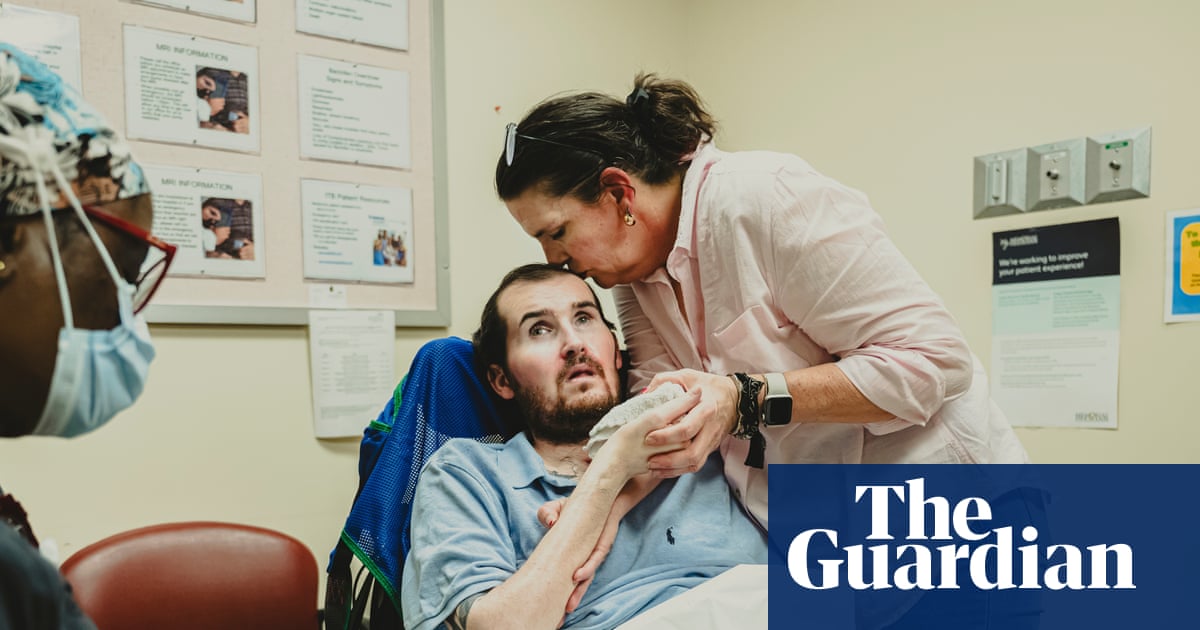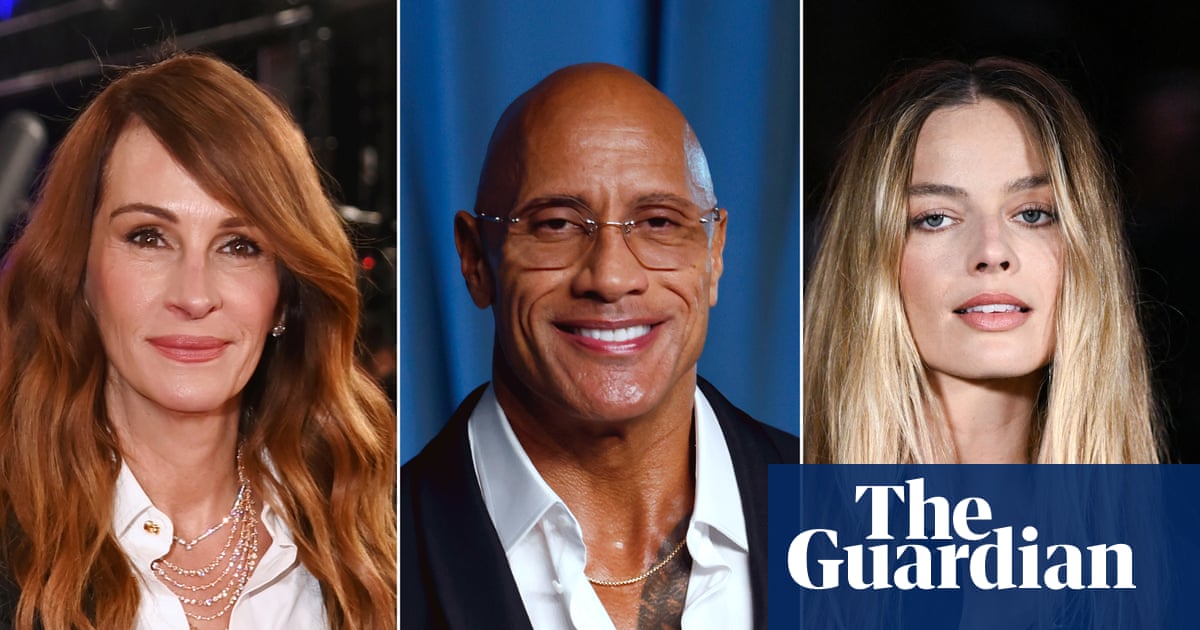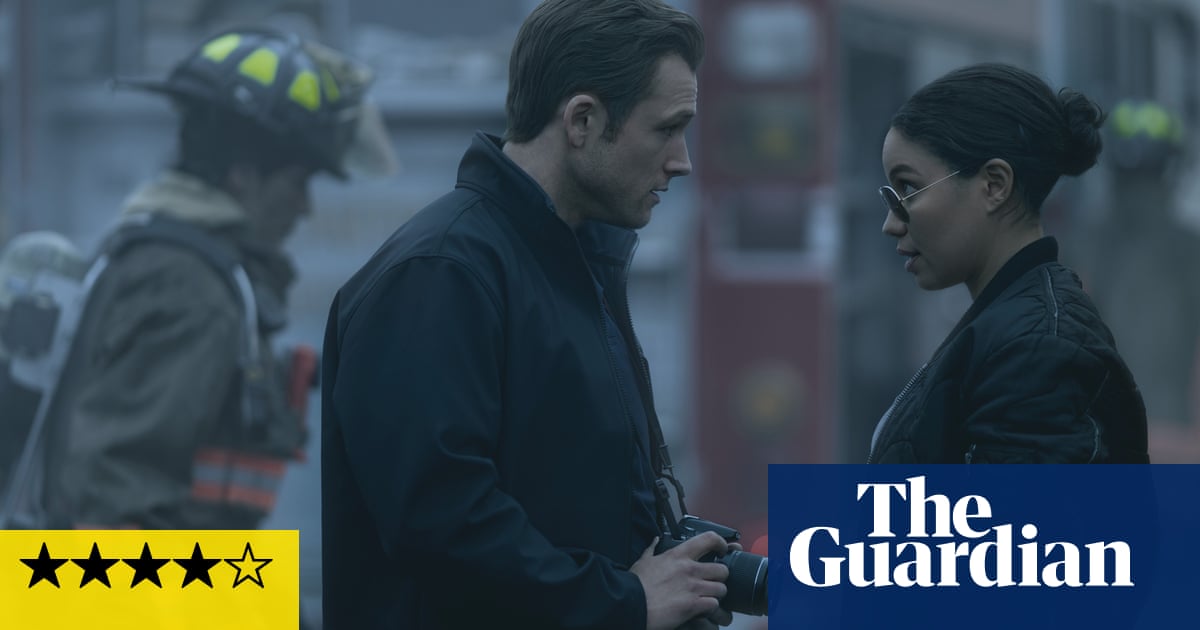The first time D’Angelo reached me, he wasn’t alone. His voice was entwined with Erykah Badu’s on Your Precious Love, a duet that felt like an offering being passed between sweethearts. I was 14, the edge of adolescence, opening to my own life. Their voices sounded delicate, blooming – almost shy. A cover of a classic Motown record written by Ashford & Simpson and sung, most memorably, by Marvin Gaye and Tammi Terrell, D’Angelo and Erykah’s churchy call-and-response nodded to the past while low-pitched boom-baps reflected contemporary trends on the FM dial. It was a crossroads sound, working two ways at once, and the blend, the hybridity of it all, heralded the future.
Before long, D’Angelo’s 1995 debut Brown Sugar got shared and traded and analyzed among my girlfriends. Though we were deep in hip-hop’s high-flossing, shiny suit era, we noticed how he insisted on tenderness. It was the ’90s; crack and the crime bill had ravaged our neighborhoods and hurt our pride. His visuals seemed to seek to restore it. His music videos had a relaxed, smoky cool; clips such as Lady and Me and Those Dreaming Eyes of Mine showed women in every hue of brown whirling beneath warm lights and D’Angelo’s own devoted gaze. I had a dozen first loves, just as many fears, and a bouquet of dreams for the future – D’Angelo’s songs seemed to catch my currents.
The pathbreaking soul vocalist and multi-instrumentalist born Michael Eugene Archer in 1974 in Richmond, Virginia, died last week in New York City at just 51. His passing has prompted a global outpouring of grief and remembrance for an artist who fused the sacred and the sensual and remade soul music for a new generation. Female listeners, especially, had long been attuned to his art. We could sense, perhaps, the women inside his sound. Even when he sang alone, his music carried the influence of female collaborators, muses, ministers, and church mothers who shaped his voice, his arrangements, and his emotional acuity.
His duet on Lauryn Hill’s song Nothing Even Matters was yet another hymn about devotion. Syncopated finger snaps hit like heartbeats, and the lyrics crooned “You’re part of my identity.” What truer thing could be said about the concentrated learning of girlhood days dawning into womanhood? The first high heels, the first heartbreak, the first time I knew I wanted to write. “Oh to be a pear tree – any tree in bloom!” Zora Neale Hurston writes of her protagonist Janie’s awakening to herself and her world in Their Eyes Were Watching God. I was in bloom, and the music helped me know it.
“Neo-soul,” a term coined by the music executive Kedar Massenburg to market young singers who revered the records of their parents, is something like a discredited term now: D’Angelo himself said he’d never claimed to play it. But there was a moment when something new quaked in commercial rhythm and blues. Jill Scott scatted her own tunes of devotion, self-love, separation, and incense. Angie Stone’s afro halo sparkled, and her velvet voice held our hearts in lovesick ballads like No More Rain (In This Cloud). She was a key collaborator of D’Angelo’s, a co-architect of his debut and co-writer of many of his most evocative tunes. And it worked both ways: Everyday, from her 1999 debut Black Diamond, was a rhythmic, deeply funky feminine reckoning that D’Angelo helped her pen.
Around the same time, high-tech R&B songs like TLC’s No Scrubs skewered no-account men. Its response from the male rap group Sporty Thieves, No Pigeons, gave it right back to the women. D’Angelo’s, Angie’s, and Jill’s stream of soul offered a more harmonious vision of the sexes coexisting. Even if it wasn’t always rosy.
D’Angelo’s vision of love felt effortless. And his frictionless fusion of the sacred and the sensual recalled another church-raised prodigy, Aretha Franklin, whom he echoes in the verses of the Latin jazz breakup cut, Spanish Joint. Franklin moaned about all the ways Dr Feelgood loved her well while insisting that she “never left” the church.
The currency of soul music is sweat. The trickle of wet above Whitney Houston’s top lip. James Brown laboring until he drenched his clothing, groaning “it’s a man’s, man’s world” like both a promise and a threat. I was in a college dorm when I first saw D’Angelo’s video for Untitled (How Does It Feel), a single from his sophomore album Voodoo. The clip famously showed close-ups of the artist’s face and torso. Droplets of sweat, frame after frame of gleaming brown skin. It is an ecstatic performance, full of wails and shouts, but also a subtle dance of retreat, tension, release, call and response. He sang about spiritual ecstasy and sensual pleasure simultaneously; he reveled in his body before us. He did not separate the divine from the flesh, or tarry over the two realms as if they were in conflict.
Now, after his death, we know his labors toward a holistic theology and a unified sound were anything but easy.
By the time Voodoo arrived in 2000, critics were calling D’Angelo “R&B Jesus”, who’d come to save us from the vapid. They placed him in the lineage of soul men like Marvin, Donny, and Al Green – men who shouted and hummed with intense virtuosity but sometimes buckled under their own contradictions. D’Angelo was the son of a preacher, and he’d first displayed his talents at the Pentecostal church his parents ran, the Refuge Assembly of Yahweh. His father led the congregation, but his mother, Marian Cox, also ministered. “She spoke with fervor and fire,” according to her 2023 obituary. She was known for powerful prayers and for tending the less fortunate – especially women – in her community. Most critics took for granted that women had helped raise D’Angelo and failed to consider that they’d had any influence on his sound.
Directing choirs, playing the organ and keyboards during service, the young artist noticed that covering contemporary gospel from groups like the Hawkins family offended some of his church’s elders. The sound was too funky, too close to the secular sounds found on the radio.
Marian Cox wasn’t the only minister in D’Angelo’s maternal line. His grandparents ran a congregation thirty miles west of Richmond. It was deeper in the red-clay Piedmont, along the James River – a major artery of the domestic slave trade. After emancipation, Black families settled along its banks and built autonomous farming communities and a constellation of churches where they could worship as they chose. In this church, dancing was allowed. And the drum.
It was Pastor Alberta Cox, D’Angelo’s beloved grandmother, who told him that he could sing what he wanted without fear of damnation. “I spent a lot of time with her,” the artist says in the 2019 Dutch documentary Devil’s Pie. She assured him that holiness could move, sweat, and groove. When she died in 2002, shortly after D’Angelo finished the Voodoo tour, the artist descended into a deep depression that led to his withdrawal from public life for over a decade.
In the 2025 documentary Sly Lives! (The Burden of Black Genius), about the legacy of multi-talented funk and rock musician Sly Stone, D’Angelo spoke of the pressure to endure. “It can be unbearable, man,” he said. I wonder if he also meant the burden of genius. The film imagines genius as solitary – and male: D’Angelo is shown among peers like Q-Tip and André 3000, with only Chaka Khan as a counterpoint. But Stone’s most celebrated band had women on trumpet and keys, and many of D’Angelo’s most piercing compositions were co-written, arranged, or conjured with women. The solitary male genius is both a myth and a lie.
In 2015, D’Angelo told the talk show host Tavis Smiley that he’d borrowed some of his fervor from the female gospel quartet Maggie Ingram and the Ingrammettes. His guitar, spare and unhurried, recalled the Piedmont blues of Etta Baker, all restraint and quiet intricacy. D’Angelo was a synthesizer of centuries, a musician who made one sound out of many histories – pressure and release, sensual and sacred, Holy Ghost and bawdy house. And women were there all along, moving him toward something whole.

 4 hours ago
7
4 hours ago
7
